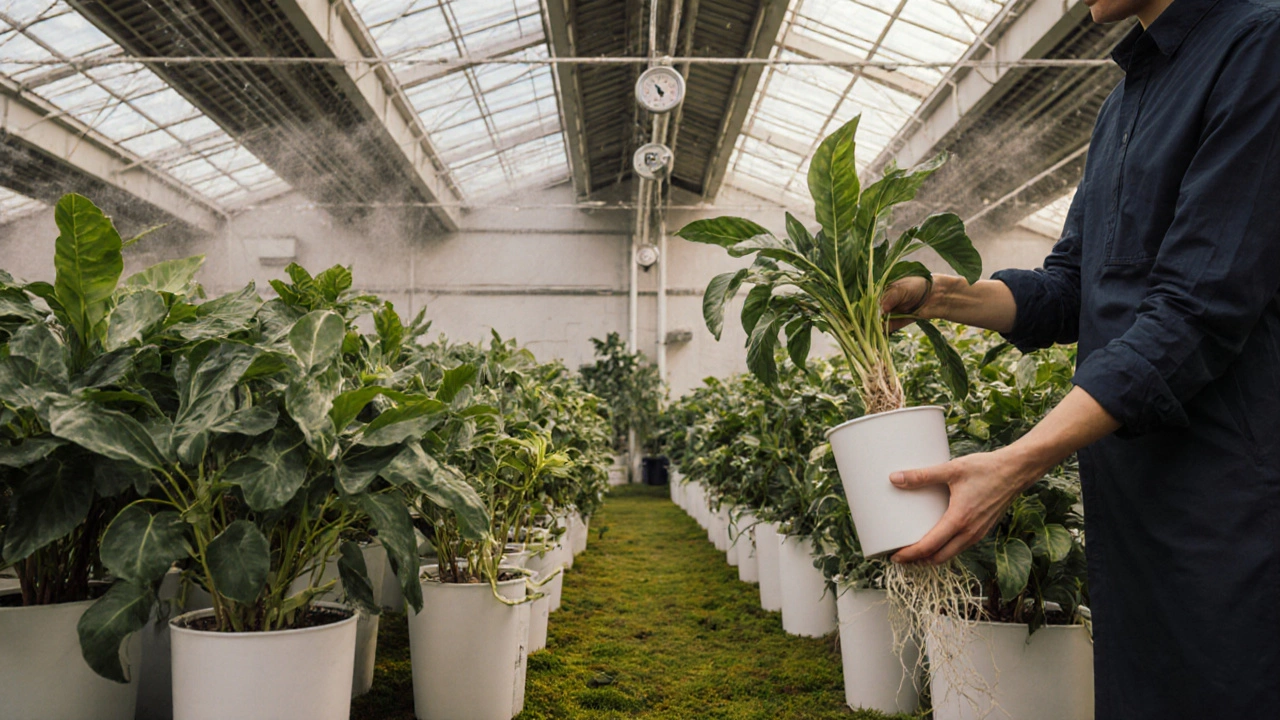Discover the optimal months to purchase indoor plants, how seasonality and nursery conditions affect pricing, and tips for healthy, budget‑friendly buying in 2025.
Best Time to Buy Indoor Plants: When to Shop for Healthy, Long-Lasting Greens
When you buy an indoor plant, a living organism that thrives in controlled home or office environments, often requiring specific light, water, and temperature conditions. Also known as houseplant, it isn’t just about picking a pretty leaf—it’s about catching it at the right moment in its life cycle. The best time to buy indoor plants isn’t random. It’s tied to weather, store practices, and how your home environment behaves through the year. In India, where temperatures swing from scorching summers to chilly winters, timing your purchase can mean the difference between a thriving plant and a sad, drooping one.
Most people buy plants in spring or during festivals like Diwali, thinking it’s a lucky time. But that’s often the worst time. Nurseries flood the market with cheap, overwatered, or stressed plants to clear stock. These plants look good in the store—green, full, maybe even blooming—but they’re barely holding on. The real sweet spot? Late September to November, and again in February to March. Why? Because the extreme heat of summer has passed, and the cold of winter hasn’t hit yet. The air is stable, humidity is decent, and plants aren’t in survival mode. Stores also restock with fresh, well-rooted stock after the monsoon season, meaning you’re more likely to get plants that have already adjusted to indoor conditions. If you’re buying from a local nursery, ask when the last shipment came in. A plant that’s been in the store for more than two weeks without signs of new growth? Walk away.
Another thing to watch: plant health, the visible and structural condition of a plant, including leaf color, root firmness, and absence of pests or mold. Never buy a plant with yellowing leaves, brown tips, or soil that smells sour. These are signs of stress or root rot. Check the underside of leaves—tiny webs or dots mean spider mites or aphids. And always lift the pot. If it feels light, the roots might be dry or the plant is root-bound. A healthy plant should feel heavy, with moist but not soggy soil. Don’t forget seasonal plant buying, the practice of selecting and purchasing plants based on current climate conditions to maximize survival and growth. In northern India, avoid buying tropical plants like monstera or fiddle leaf figs in December. In the south, avoid buying succulents in July. Your local climate matters more than trends.
You’ll find posts here that show you exactly how to spot a healthy plant, what to do right after you bring it home, and which ones survive India’s weird indoor conditions best. We’ve got guides on fixing overwatered plants, choosing the right spot for them based on balcony orientation, and even how to tell if your plant is stressed before it’s too late. These aren’t theory pieces—they’re real fixes from gardeners who’ve lost plants and learned the hard way. Whether you’re new to indoor greens or you’ve been growing them for years, the right timing and the right plant make all the difference. Let’s get you started with what actually works.
